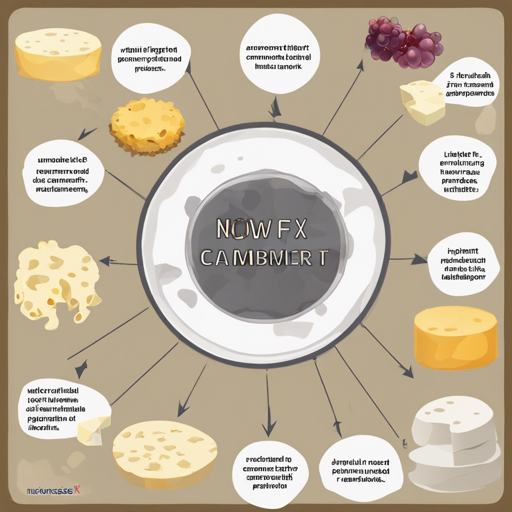In the world of Natural Language Processing (NLP), paraphrase identification is a crucial task. It involves determining whether two pieces of text convey the same meaning. The Camembert-base model, when fine-tuned on the PAWS-X-fr dataset, offers a robust solution for this task, especially in French. In this blog, we’ll walk through the process of using this fine-tuned model to identify paraphrases effectively.
Getting Started
To begin with, you’ll need to have some prerequisites in place:
- Basic understanding of Python and NLP concepts.
- An environment set up with libraries like Transformers and PyTorch.
- The fine-tuned Camembert-base model ready for use.
Step-by-Step Guide
Here’s how you can run paraphrase identification using the Camembert-base model:
Step 1: Install the Required Libraries
pip install transformers torchStep 2: Load the Model
Loading the model is akin to unlocking a treasure chest filled with valuable tools needed to solve your paraphrasing quest:
from transformers import CamembertForSequenceClassification, CamembertTokenizer
model = CamembertForSequenceClassification.from_pretrained('camembert-base-finetuned-PAWS-X-fr')
tokenizer = CamembertTokenizer.from_pretrained('camembert-base-finetuned-PAWS-X-fr')Step 3: Prepare Your Data
For our treasure hunt, we need a map. This primary input consists of sentence pairs you want to analyze:
text_pair = ("La première série a été mieux reçue par la critique que la seconde.", "La seconde série a été bien accueillie par la critique, mieux que la première.")
inputs = tokenizer(*text_pair, return_tensors='pt')Step 4: Make Predictions
Now it’s time to see if our treasure truly exists. By passing our inputs into the model, we can determine if the sentences are paraphrases:
outputs = model(**inputs)
logits = outputs.logits
probabilities = torch.nn.functional.softmax(logits, dim=-1)
is_paraphrase = probabilities.argmax().item() == 1Step 5: Interpret the Results
Finally, decipher the clues you’ve gathered! The output will indicate if the two sentences paraphrase each other based on the model’s judgment.
Troubleshooting Tips
If you run into issues, here are some tips to help you along the way:
- Ensure that your Python environment is properly set up with all required libraries.
- Double-check that you have the correct model name when loading the model and tokenizer.
- If your inputs are too long, reduce their length as the model has a maximum token limit.
For more insights, updates, or to collaborate on AI development projects, stay connected with fxis.ai.
Conclusion
Using the Camembert-base model fine-tuned on PAWS-X-fr opens up new avenues for accurately identifying paraphrases in French text. By following these steps, you can harness the power of NLP to understand textual similarities better and enhance your applications with more context-aware features.
At fxis.ai, we believe that such advancements are crucial for the future of AI, as they enable more comprehensive and effective solutions. Our team is continually exploring new methodologies to push the envelope in artificial intelligence, ensuring that our clients benefit from the latest technological innovations.

